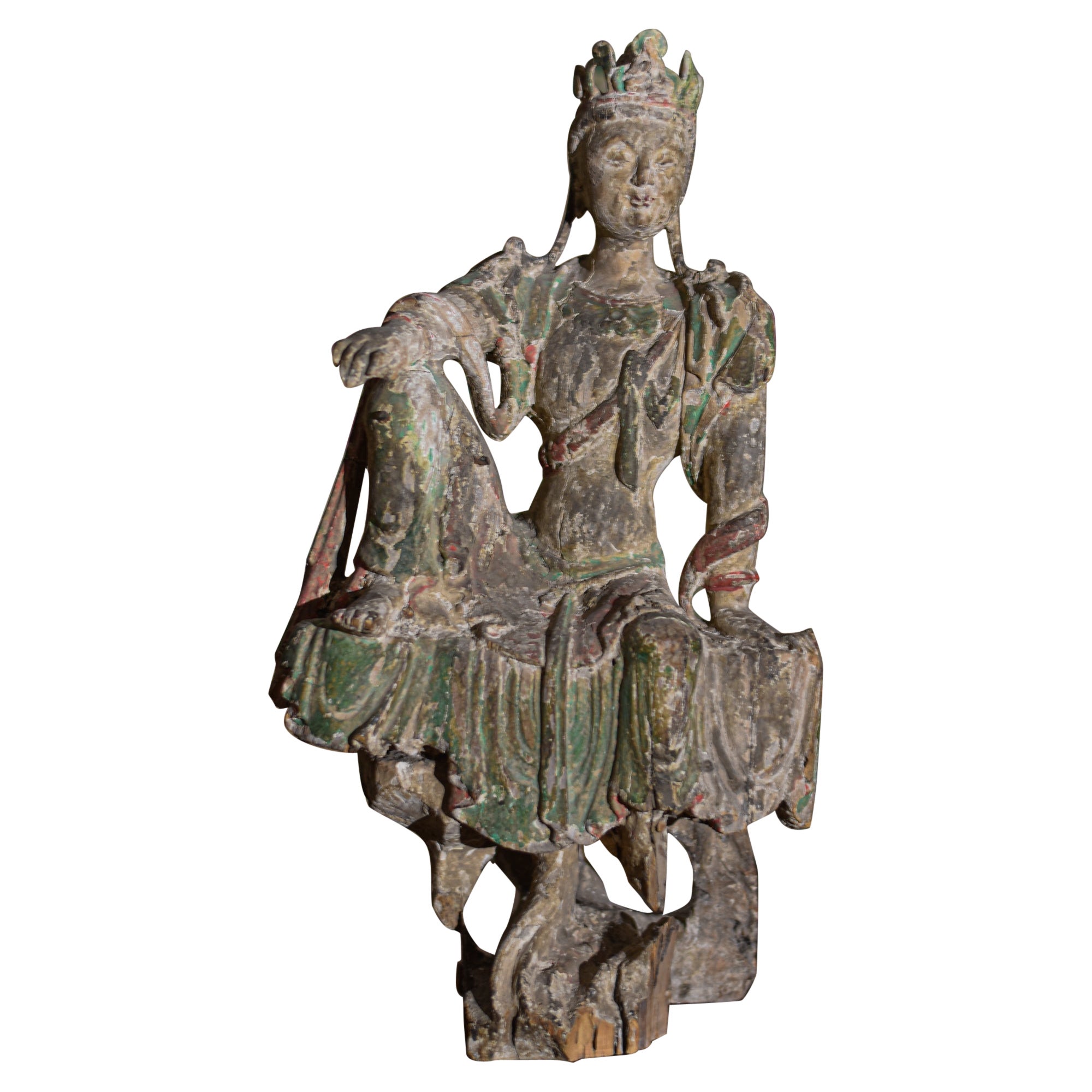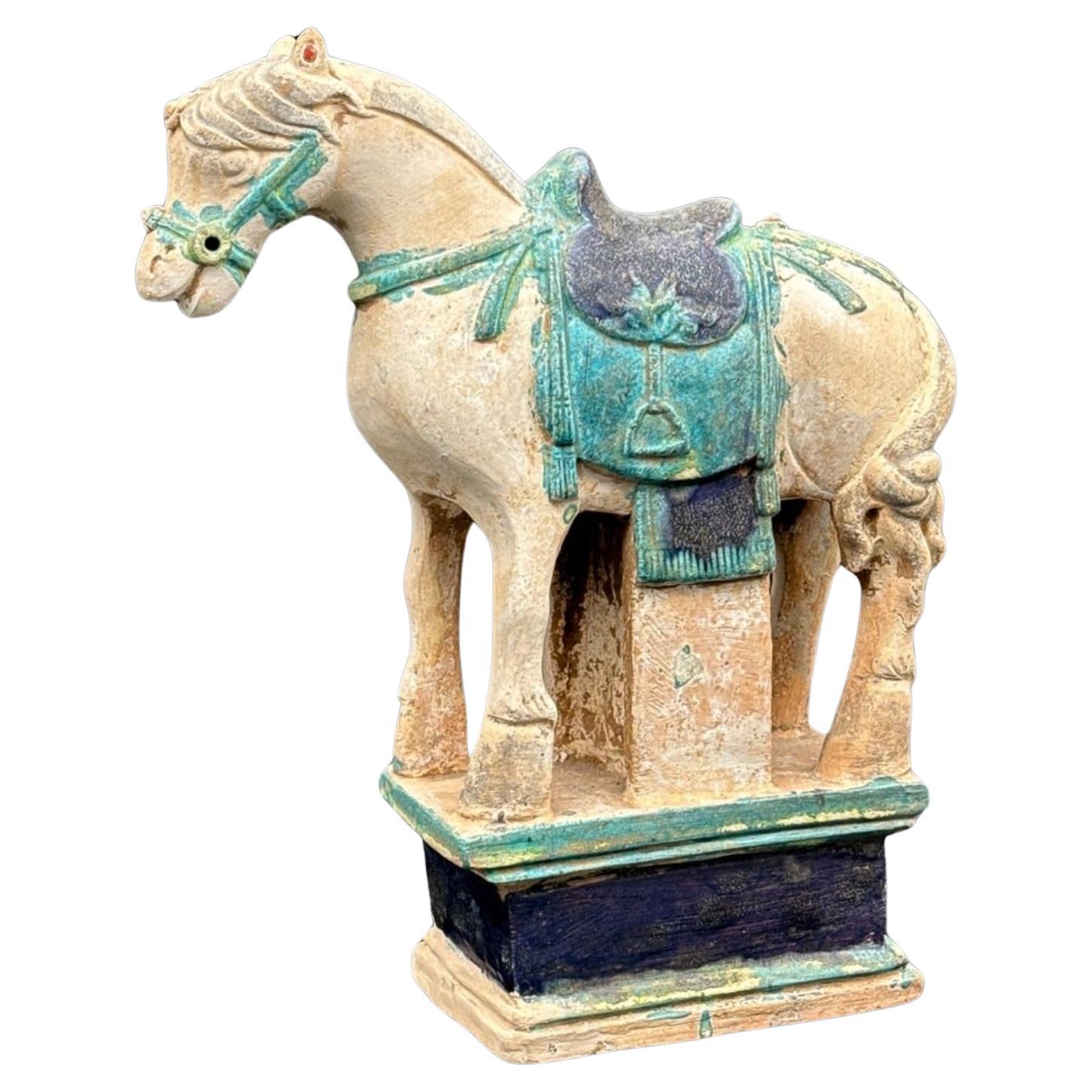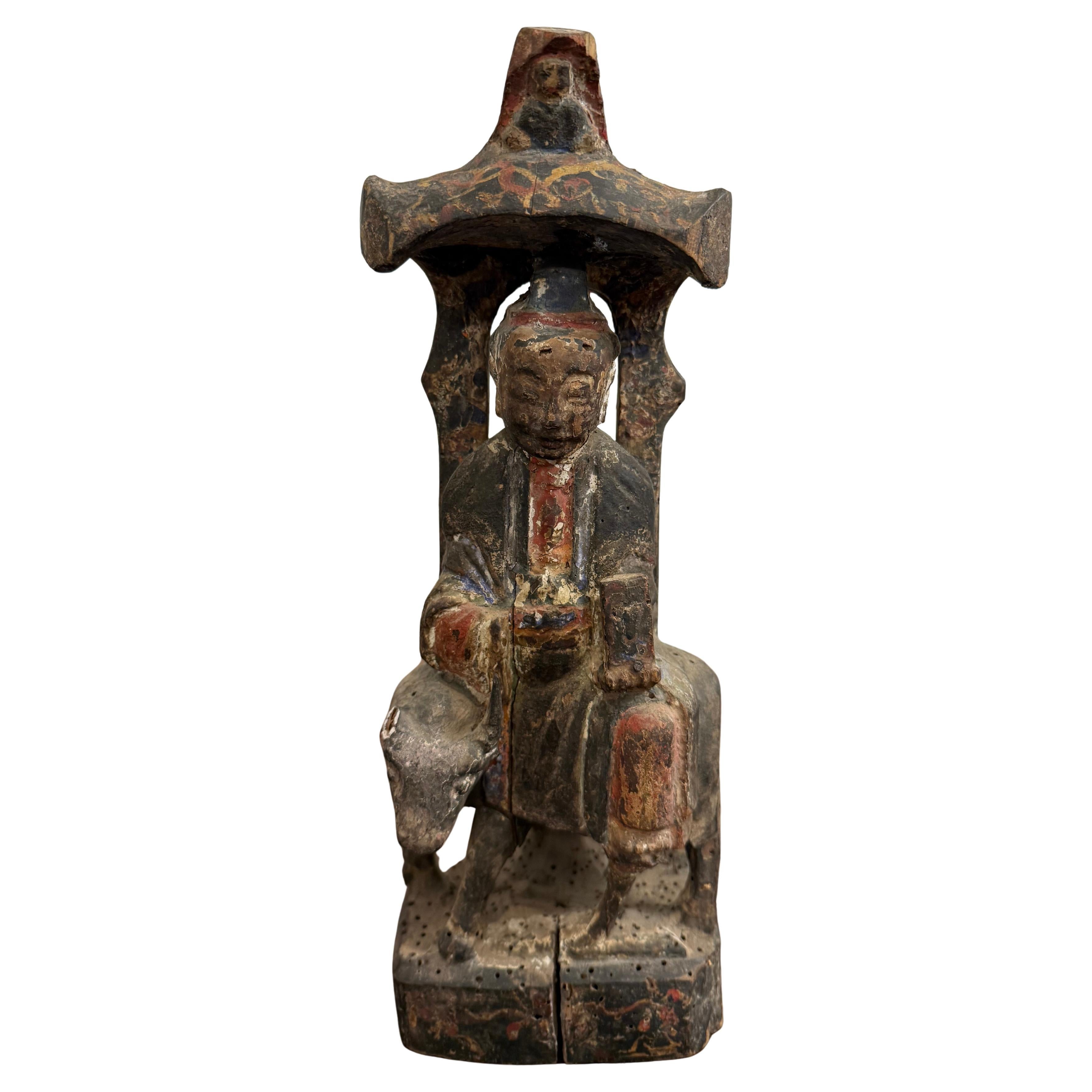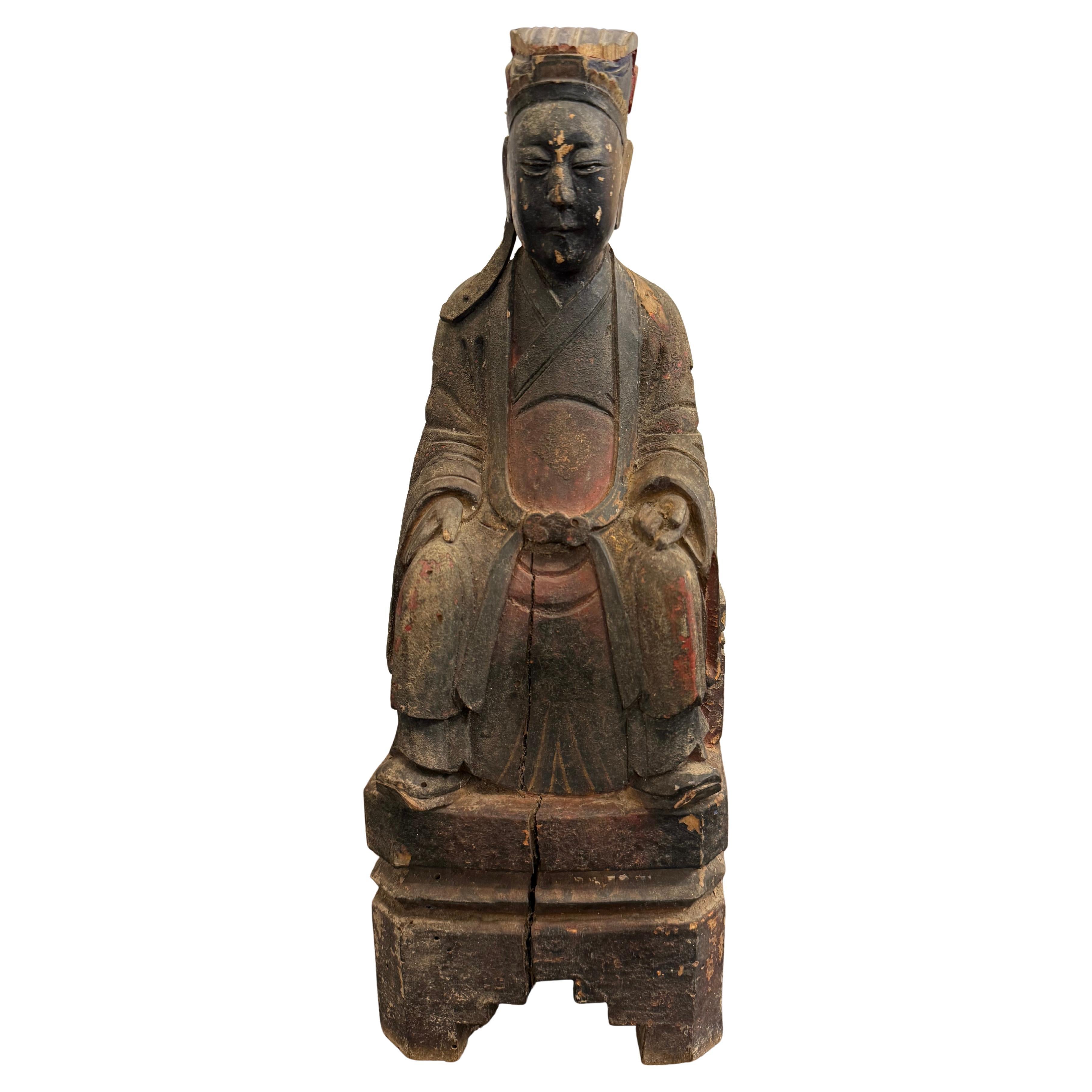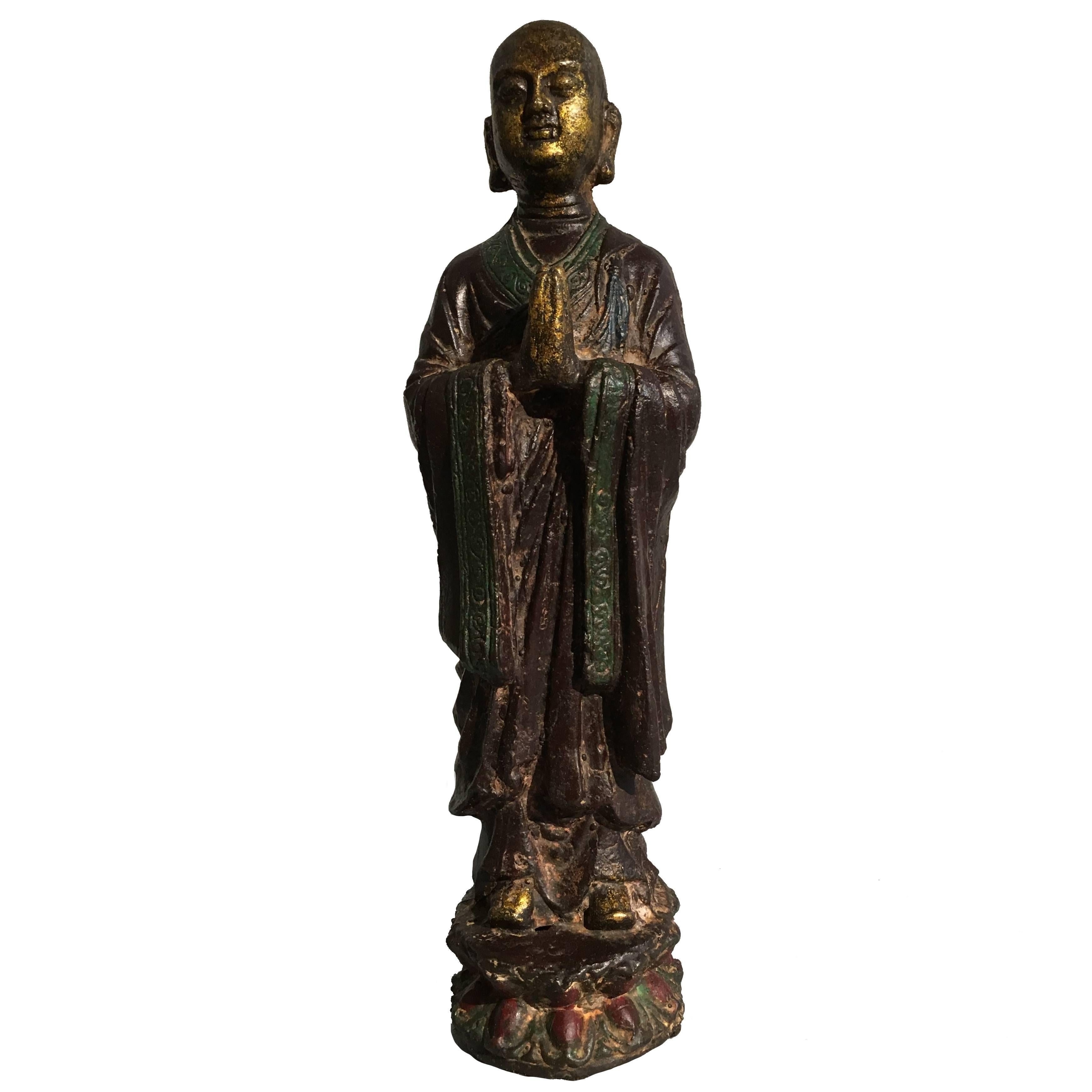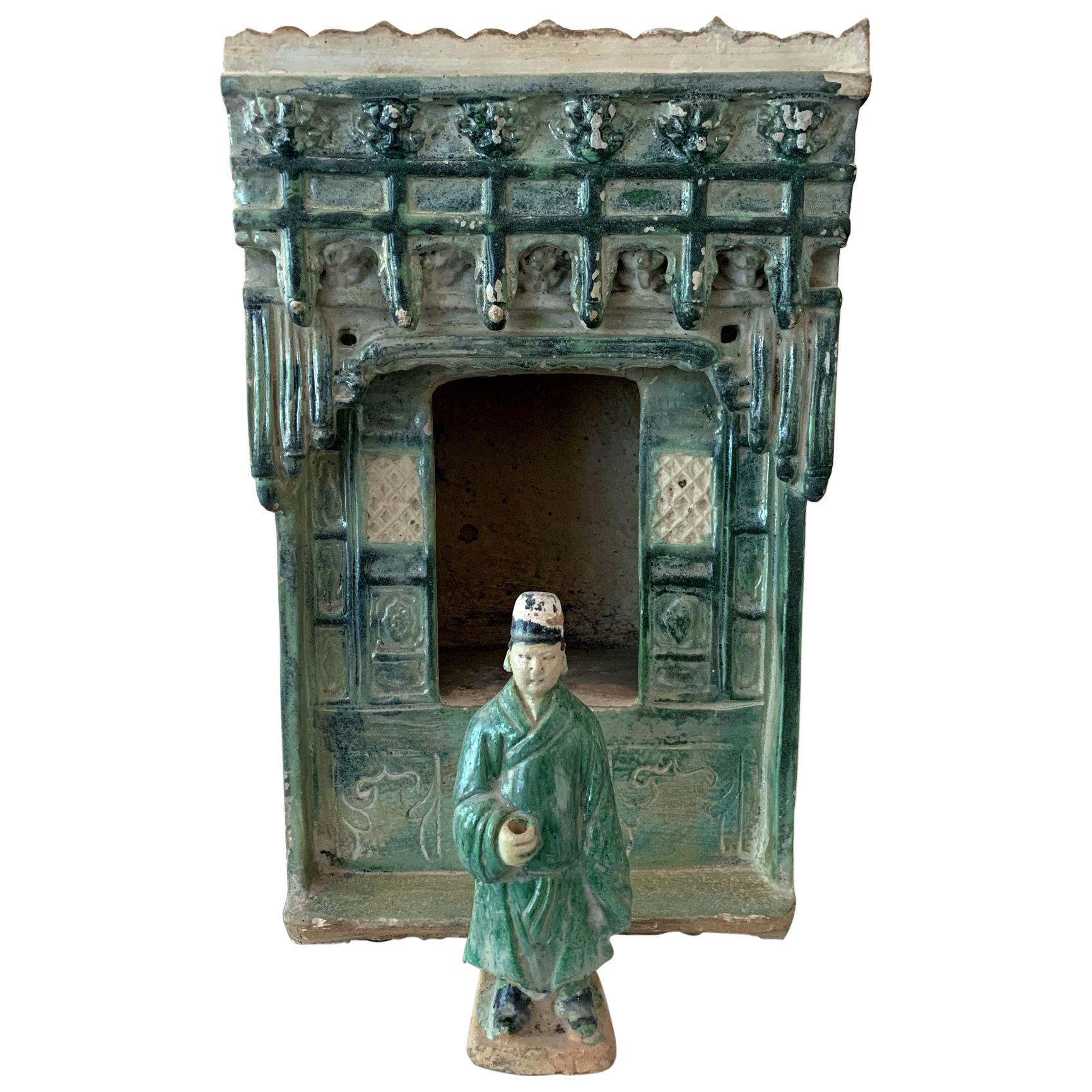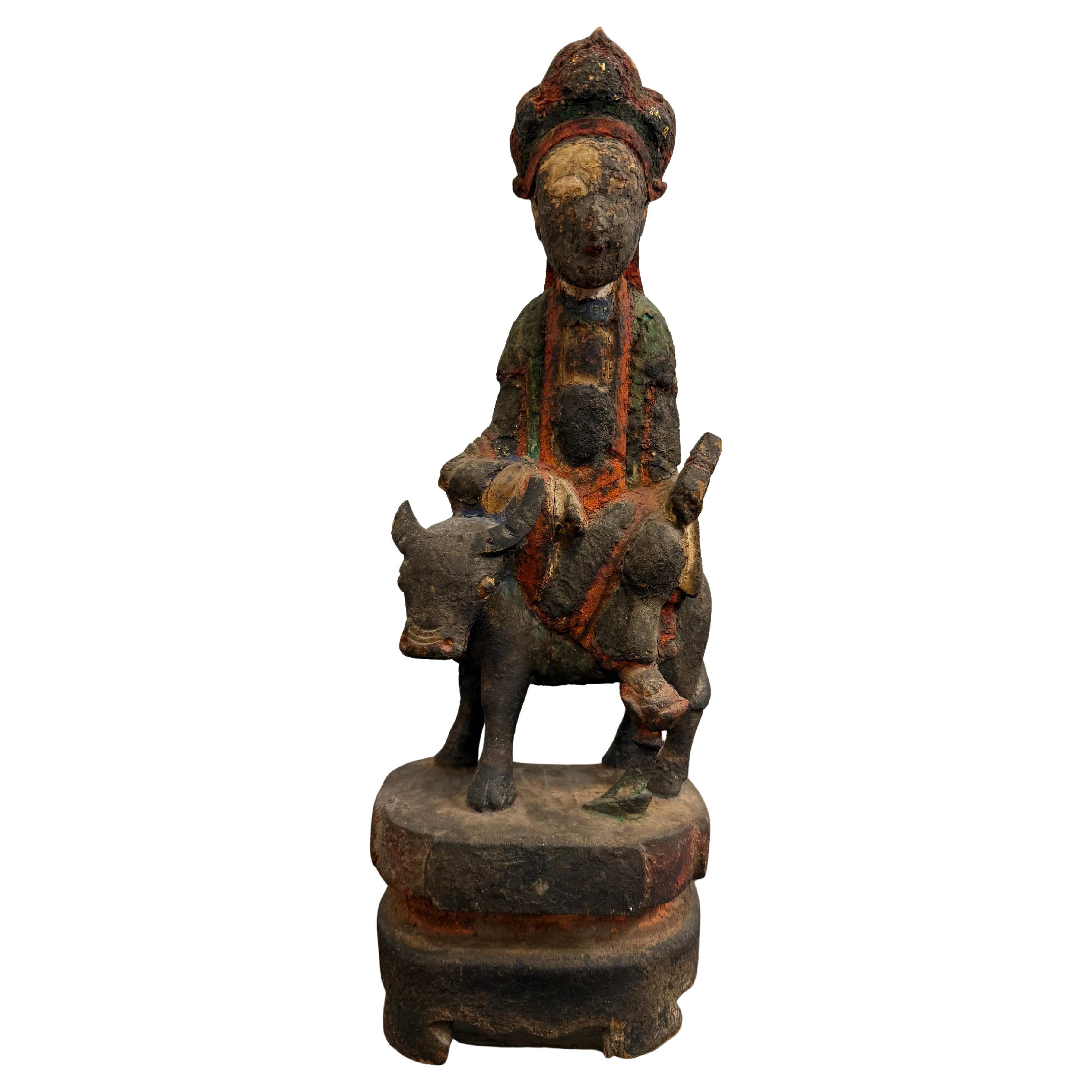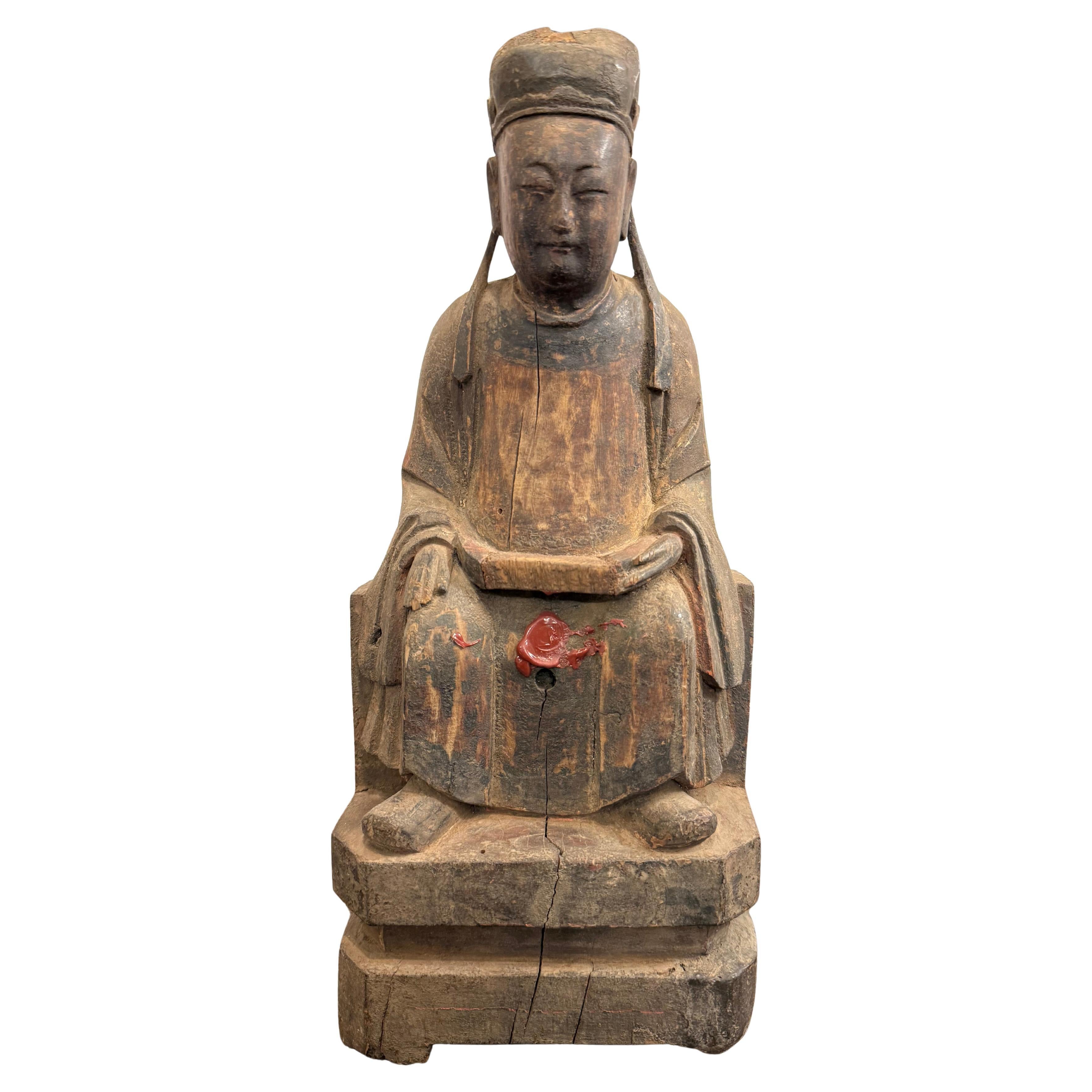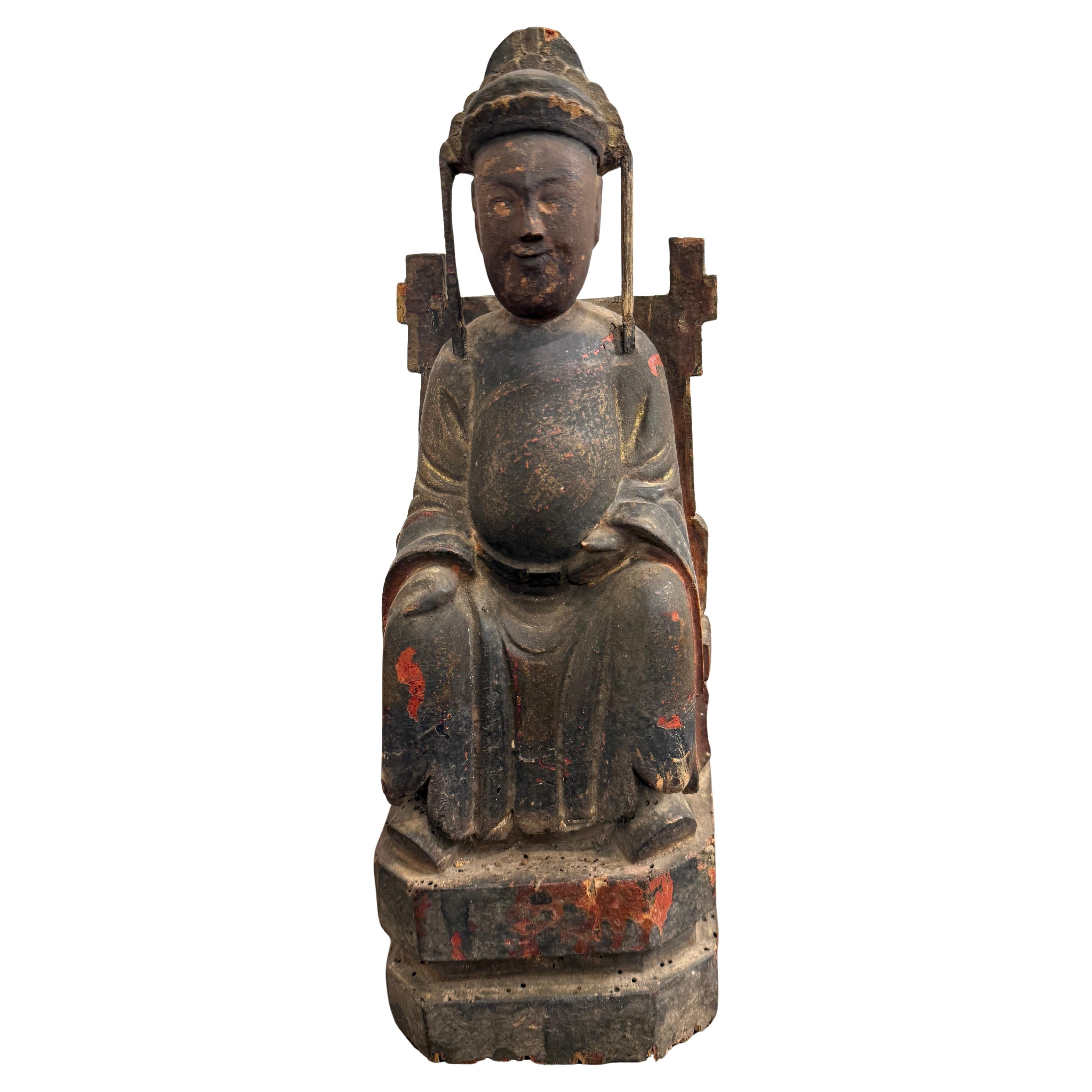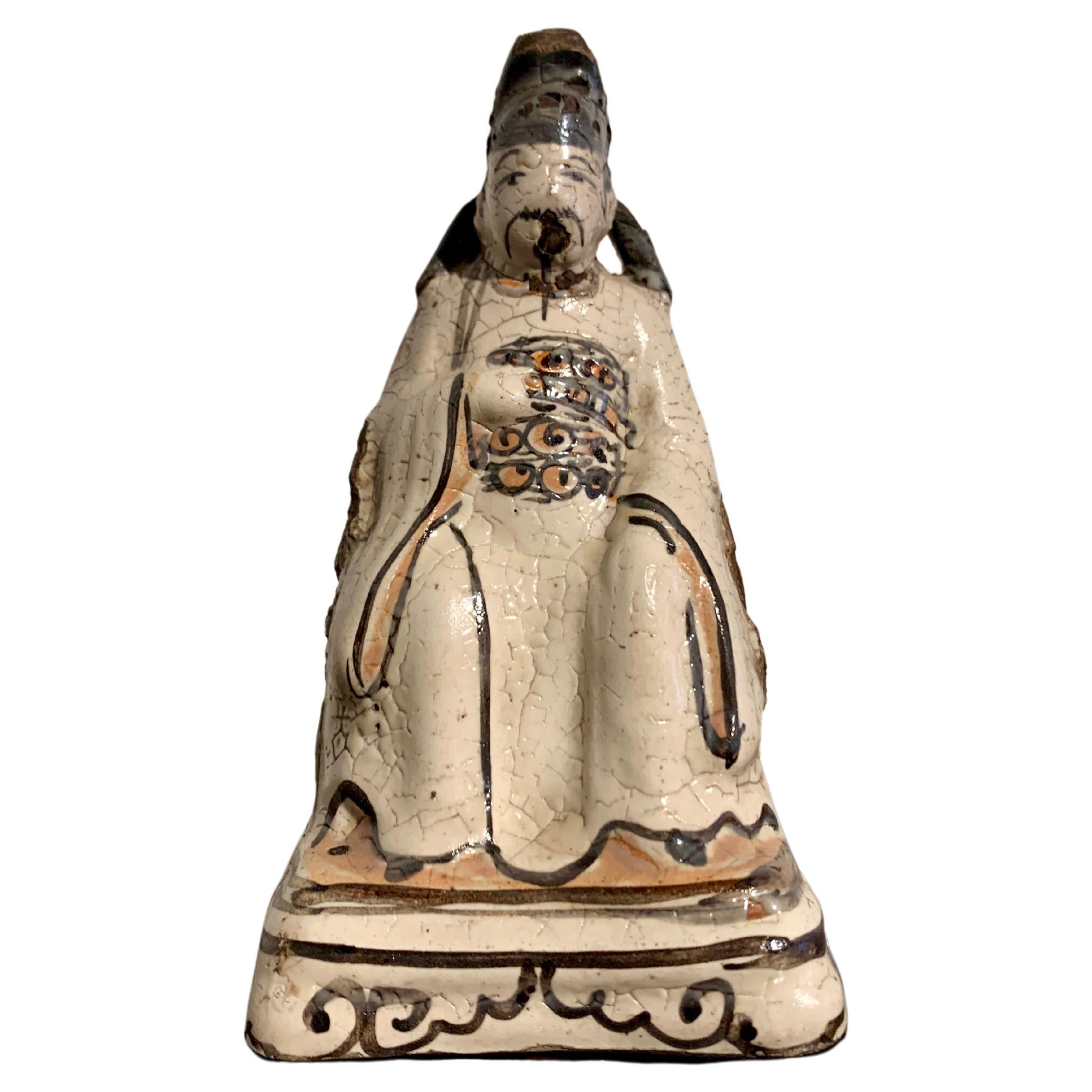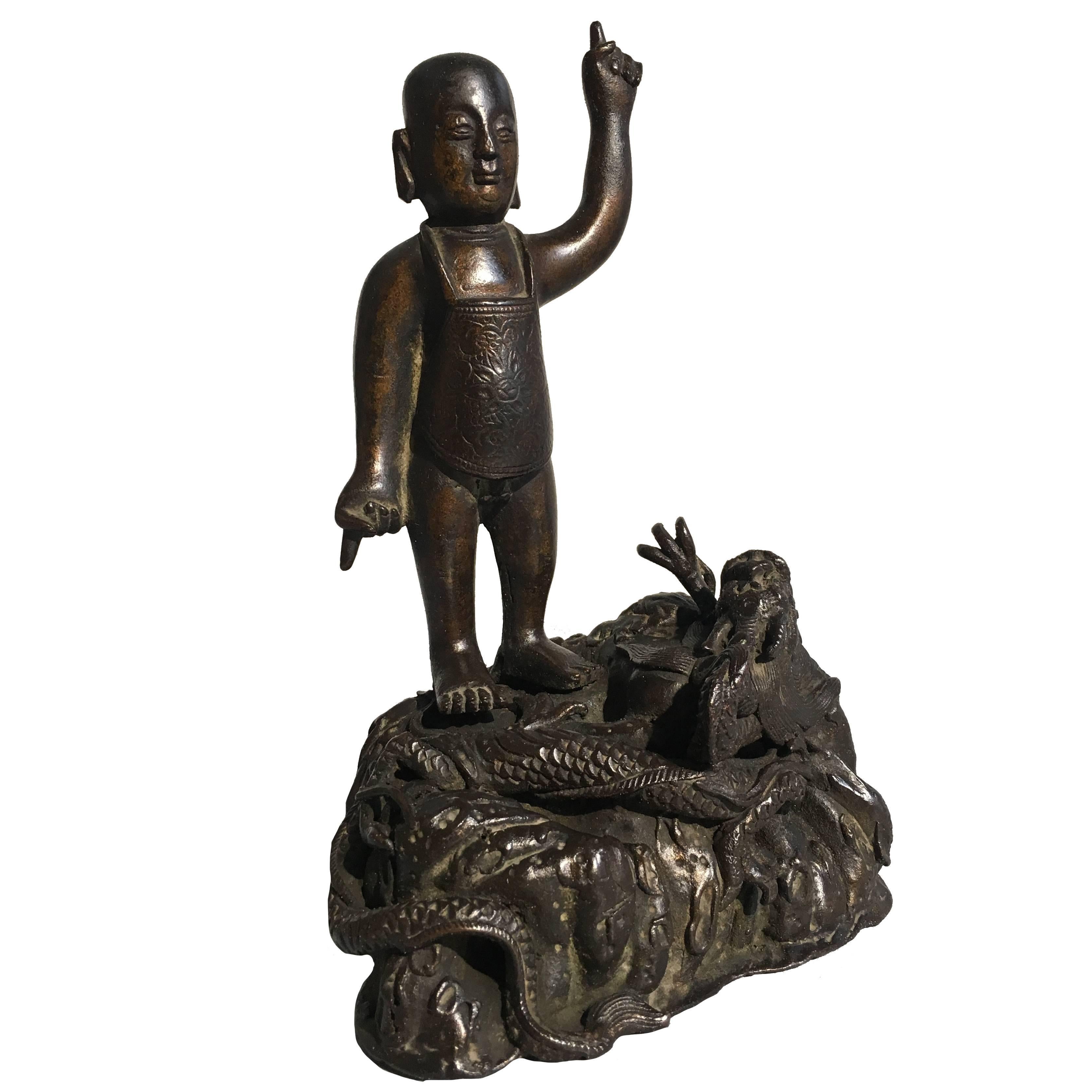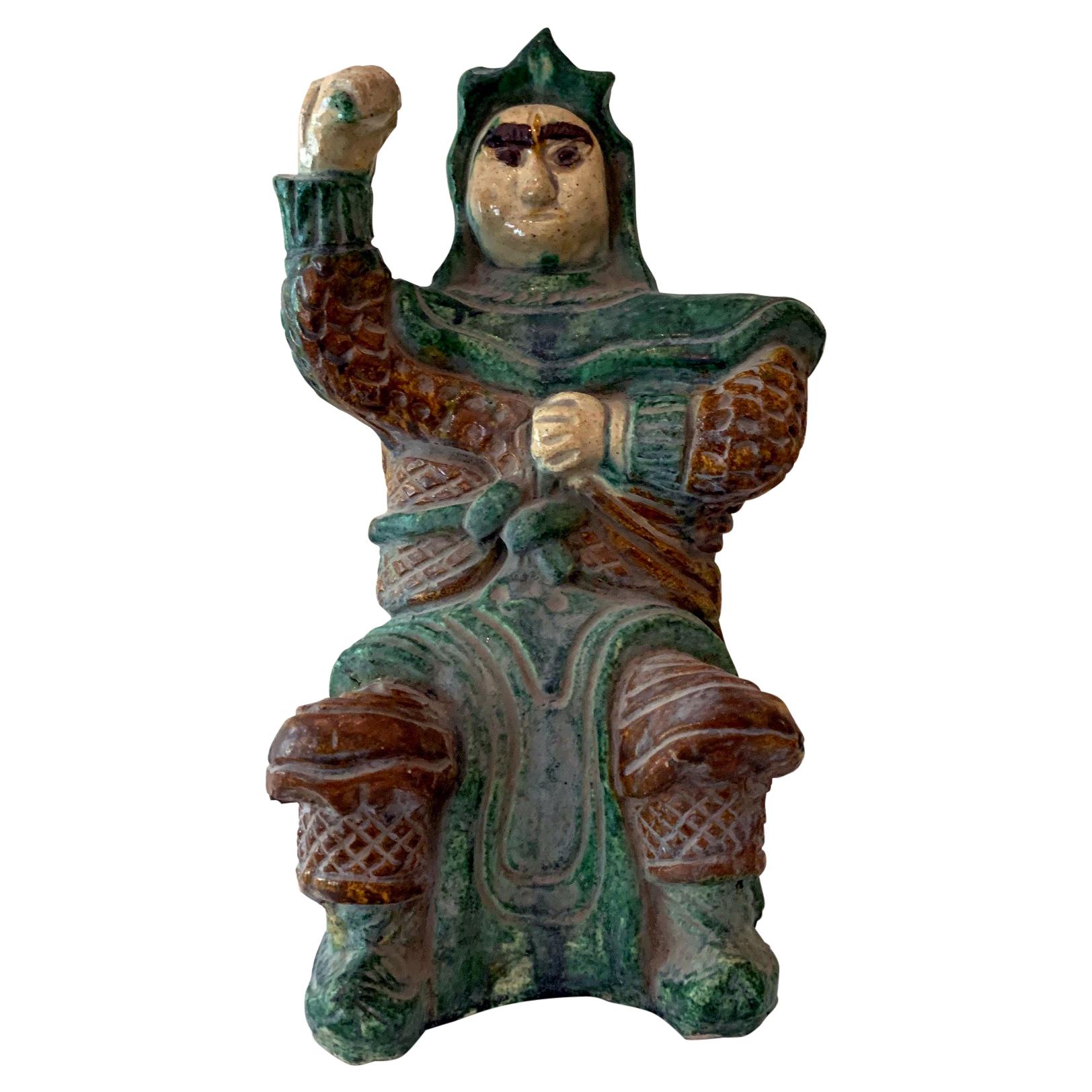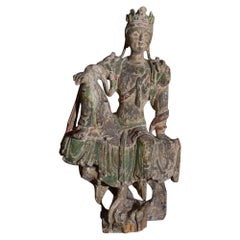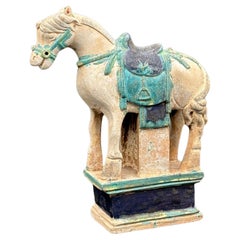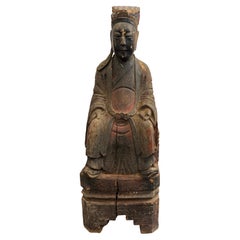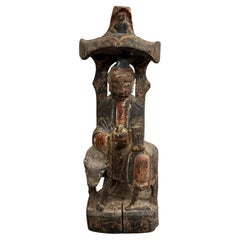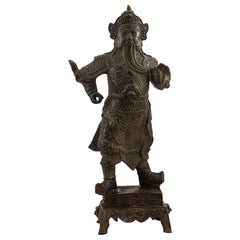
Chinese Antique Ming Dynasty Iron Figure of Guandi
View Similar Items
1 of 5
Chinese Antique Ming Dynasty Iron Figure of Guandi
$9,500List Price
About the Item
- Dimensions:Height: 26 in (66.04 cm)Width: 13 in (33.02 cm)Depth: 8 in (20.32 cm)
- Style:Ming (Of the Period)
- Materials and Techniques:Iron,Cast
- Place of Origin:
- Period:
- Date of Manufacture:1500
- Condition:Wear consistent with age and use.
- Seller Location:Laguna Beach, CA
- Reference Number:Seller: P-26891stDibs: LU1747212697111
Authenticity Guarantee
In the unlikely event there’s an issue with an item’s authenticity, contact us within 1 year for a full refund. DetailsMoney-Back Guarantee
If your item is not as described, is damaged in transit, or does not arrive, contact us within 7 days for a full refund. Details24-Hour Cancellation
You have a 24-hour grace period in which to reconsider your purchase, with no questions asked.Vetted Professional Sellers
Our world-class sellers must adhere to strict standards for service and quality, maintaining the integrity of our listings.Price-Match Guarantee
If you find that a seller listed the same item for a lower price elsewhere, we’ll match it.Trusted Global Delivery
Our best-in-class carrier network provides specialized shipping options worldwide, including custom delivery.You May Also Like
Chinese Guan Yin Figure Early Ming Dynasty
Located in Lymington, GB
A rare Chinese Guan Yin figure, early Ming dynasty (1368-1644).
Beautifully painted carved wood retaining a significant amount of its apparently or...
Category
Antique 15th Century and Earlier Chinese Ming Sculptures and Carvings
Materials
Wood
Antique Ming Dynasty Chinese Earthenware Horse Sculpture Míngqì Tomb Figure
Located in Forney, TX
A scarce 600 year old (approx) Chinese pottery Ming Dynasty (1368-1644) large glazed earthenware míngqì tomb figure, modeled as horse sculpture with saddle, stirrups, and integral ba...
Category
Antique 15th Century and Earlier Chinese Ming Sculptures and Carvings
Materials
Earthenware
A Small Chinese Carved Timber Polychrome Figure, Ming Dynasty
Located in ARMADALE, VIC
A Small Chinese Carved Timber Polychrome Figure, Ming Dynasty
Provenance: Private Old Australian Collection Acquired in Beijing Market in 1980s.
Description:
The cavity in the back...
Category
Antique 17th Century Chinese Ming Sculptures and Carvings
Materials
Wood
A Small Chinese Carved Timber Polychrome Figure, Ming Dynasty
Located in ARMADALE, VIC
A Small Chinese Carved Timber Polychrome Figure, Ming Dynasty
Provenance:
Private Australian Collection Acquired in the Beijing Market in 1980s.
Description:
The cavity in the ba...
Category
Antique 17th Century Chinese Ming Sculptures and Carvings
Materials
Wood
Ming Dynasty Polychrome Lacquer and Gilt Iron Figure of Ananda
Located in Austin, TX
Ananda is portrayed in a typical fashion, as a youthful monk with a shaved head and dressed in simple robes. He stands upon a double lotus pedestal with hands clasped in front of him...
Category
Antique 16th Century Chinese Ming Sculptures and Carvings
Materials
Iron
Chinese Stoneware Funeral Shrine Model and Figure Ming Dynasty
Located in Atlanta, GA
A stoneware shrine model with a figurine made in Ming dynasty (15th-17th century) in China and used as funeral burial objects. It is not known whether the two objects were originally associated, but they display similar glaze and oxidation and were in the same collection. The stoneware building is an architectural rendering of a typical ancestor shrine used at the time. It features a single room behind an elaborate front with double doors, under a multiple layered eaves. There are great architectural and decorative details throughout. The green glaze shows a wonderful silvery oxidation, an indication that the piece was buried in the ground. The side appears to be glazed lightly originally and some scrape marks and oxidized glaze residues remains. The back is unglazed. The figure is a typical tomb figurine...
Category
Antique 16th Century Chinese Ming Ceramics
Materials
Stoneware
Recently Viewed
View AllMore Ways To Browse
Guan Yu Statue
Erotic Netsuke
Khon Dancer
Antique Maneki Neko
Erotic Japanese Netsuke
Horse Netsuke
Inari Kitsune
Japanese Antique Octopus Pot
Burmese Kinnari Statue
Reclining Marble Buddha
Chinese Dragon Lantern Stand
Netsuke Rat
Phra Malai
Japanese Moon Gazing Rabbit
Soapstone Guanyin
20th Century Chinese Cork Diorama 1950s
Netsuke Cabinet
Antique Wooden Doors Pakistan
